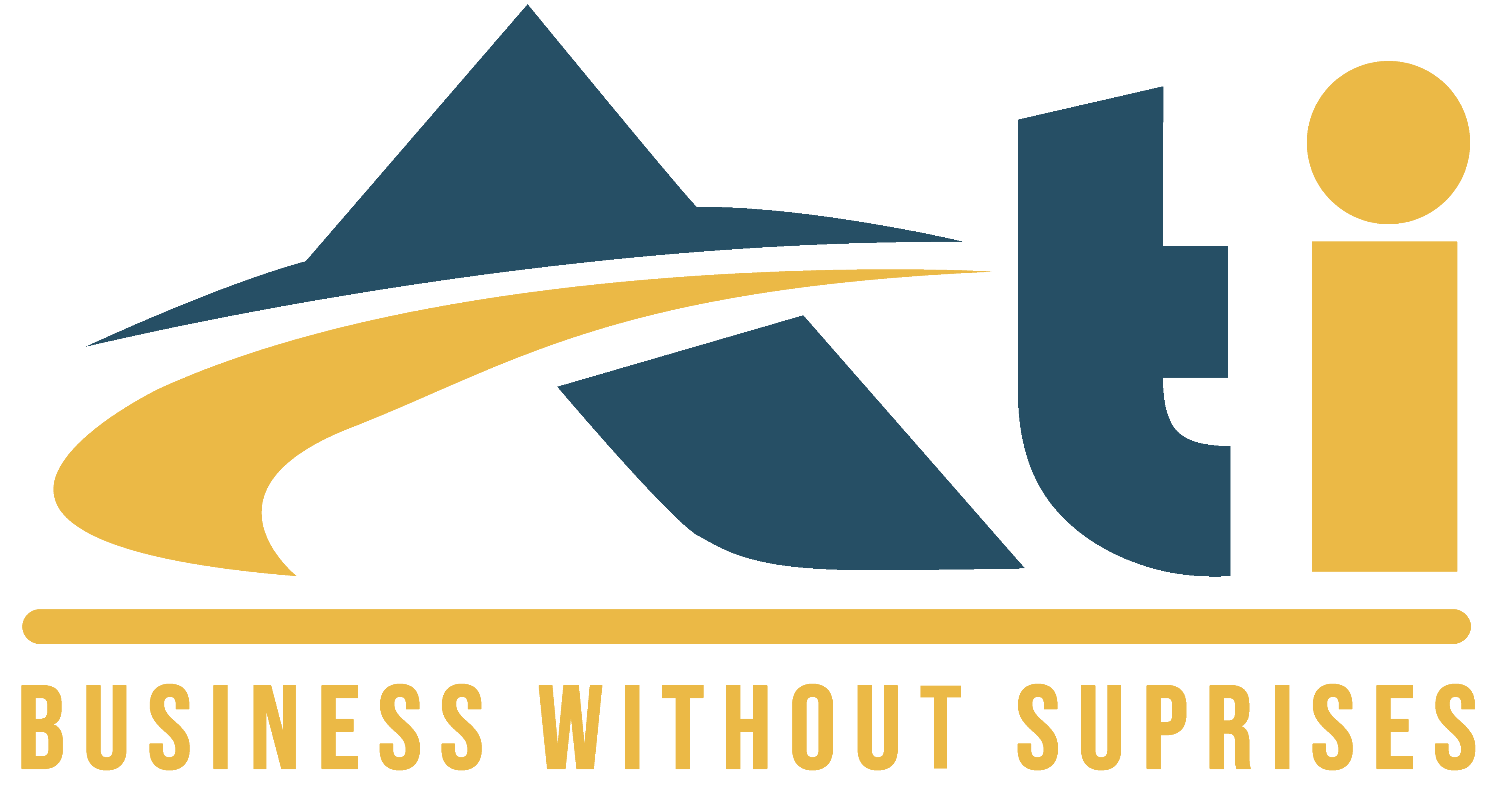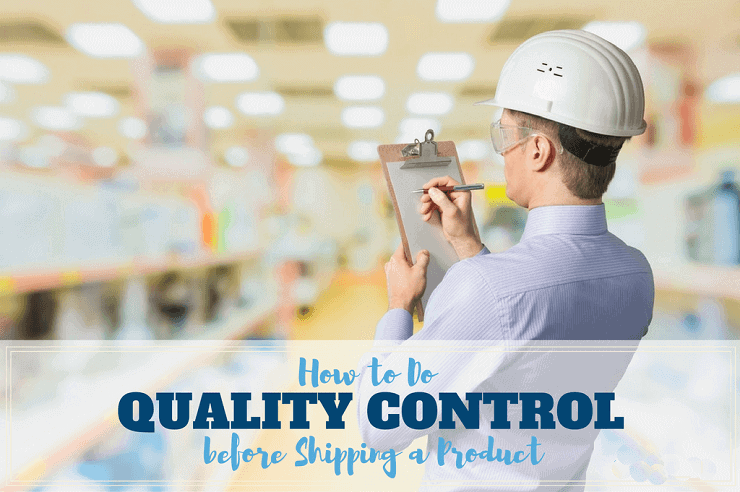In case you have just the bit of experience in shore side production, you would be acquainted with how hard it is to get the merchandises to meet the terms precisely with your necessities and terms. One way or another, your dealer is likely to familiarize some kind of problems into the production process that makes your job as a shipper a whole lot complex than just getting finished products.
For the sake of confirming that the products are of good quality, you may have measured resorting to comprehensive and frequent product inspections. This would not just safeguard the quality of the products is sufficient, but also that the production is on timetable and there are no probable interruptions.
Deciding to carry out product inspection is the best way to make sure that you are kept on board with the quality, quantity, as well as stage of the production process that is ongoing in the factory.
When it comes to the cloth and garment supply chain mostly puts traders and brands thousands of miles away from their creation sites, making inspection a vital part of the business process to pledge quality.
Starting from raw materials to finished goods, there are Garments and Textiles Inspection Services that can recognize flaws and non-compliance through dissimilar stages of the production process.
Following are some of the major steps that are vital when it comes to production inspection:
Pre-Production Inspection
Pre-production Inspection includes incoming quality control and having some check and balance at raw materials. This phase is vital because here you have raw items at hand and you can identify whether that material is suitable for the product or not, by doing that you already identify one of the major blunder in the process of production inspection in the initial stage.
During Production Inspection
At this stage sampling of finished products is done. Here you can also identify the issues that are found in the inspection report. Acknowledgement by factory of inspection findings is another legit element part of this phase. Issues that are being identified at this stage can save you from a lot of trouble that you would probably encounter latter.
Garment Inline Inspection
Here sampling of both semi-finished and finished items are done to make this thing sure that the quality of the whole production batch is good and according to the required demands. It works with the factory on increasing and executing corrective action plans depends on inspection findings. This phase also gives housekeeping, social agreement and security visual checks.
Before Delivery
This is the last part of the process of inspection. Here product inspection team will inspect the ordered items randomly before the company is about to send the shipment. This phase is really important because this is the last chance to have a look at the ordered items to make this thing sure that the entire batch is perfect and there are no major blunders in it. At times 100% inspection of all finished goods is done to ensure that everything is OK. This also comes along with loading supervision.
The cloth and attire inspection process also makes this thing sure that fabric thickness, fabric size and fabric look (interlacing quality, joins, and odors) observe with the applicable standards and guidelines throughout the production process.
Earlier to shipping, Asia Textile Inspections Limited inspectors examine the packing list to safeguard it comprises inclusive carton count and carton numbers, carton width and mass, shipping label, flair or shade identification and corresponding counts in the carton and storing slip.
The time when the carton is packed, ATI makes this thing sure that the real cloth count, the carton is filled as listed, suitable carton dimensions are shown, poly bags are checked, hang tags are contained to authorize SKU/price, bar-codes are contained and the garment shade identification is accurate.
They also offer detailed Textile Auditing services that evaluate the quality, measures and systems of to each facility, textile factory and mill. You can contact the Total Quality Assurance specialists to converse your supplies.
There are product inspection providers who offer the following services:
Serious Flaws – uncertain or unsafe settings or non-compliance with guidelines, contains sharp plugs or edges, stray needles left in the cloth, loose studs or mislaid suffocation warning labels.
Major Flaws– complete product failure or condensed usability of the product that stops it from being placed on the market, can contain open seams, holes or broken stitches.
Minor Flaws – implausible to lessen product usability, contains items such as loose threads.
Fabric Check – evaluates weight (sweaters), print quality, flaws, hand feel to ideals.
Conclusion
Inspections are everyday among most product categories. But they’re particularly vital when making garments, as manual production process mostly result in products that are more prone to human errors and mistakes.
These steps to clothing inspection carry the important basics of quality control inspection for clothes. You may find your quality necessities dictate the requirement for added steps, such as other product testing.
Apart from your precise requirements, it’s important that you, your dealer and your inspection team have a clear comprehension of what’s expected. All significant parties need ready access to present specifications, inspection criteria and any other quality documents.
Make this thing sure that to repeatedly update your product provisions after inspection to reflect any unexpected quality issues found throughout inspection and other variations.

